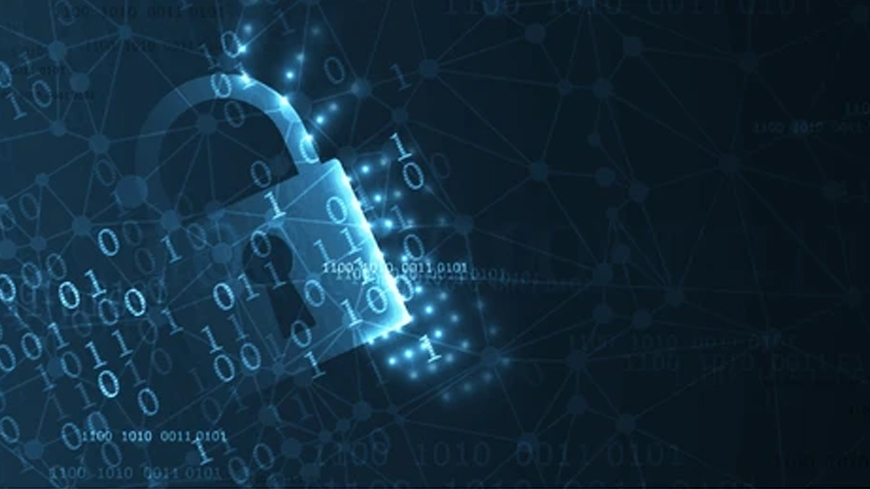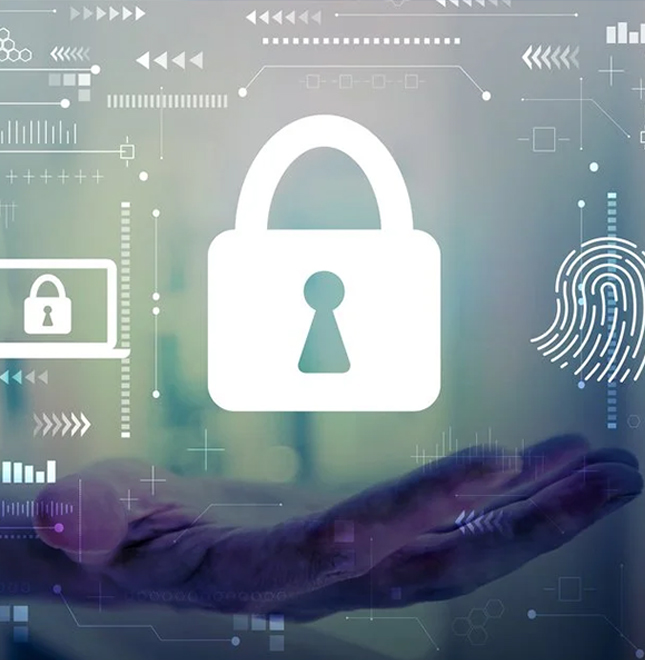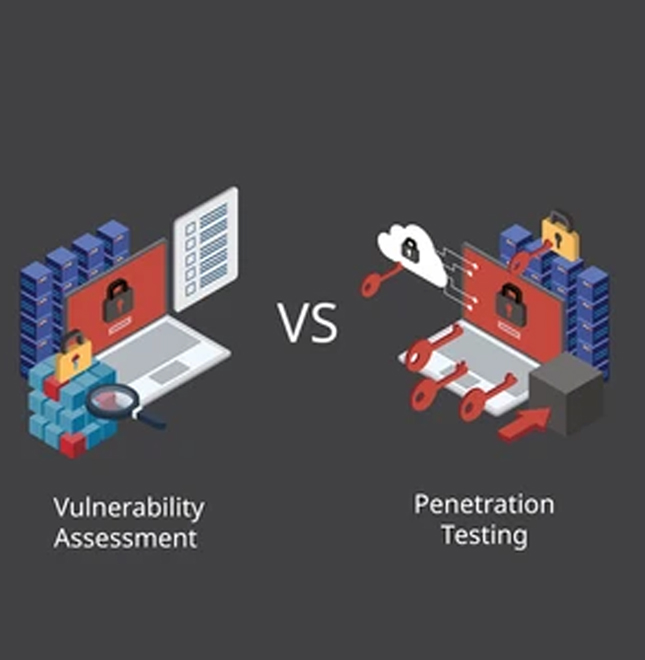
The Role of AI in Cyber Risk Management: How Automation is Transforming GRC
As cyber threats grow in complexity and frequency, organizations face increasing pressure to manage their cybersecurity risks effectively. Governance, Risk, and Compliance (GRC) frameworks have long been the foundation for maintaining security, but traditional methods of managing these risks are becoming outdated. Enter Artificial Intelligence (AI), a game-changer in the field of cyber risk management. AI is not only transforming how companies assess and manage risks but also automating GRC processes, improving efficiency, and enhancing decision-making.
The Growing Importance of Cyber Risk Management
With businesses digitizing rapidly, the attack surface is expanding. Data breaches, ransomware, phishing attacks, and insider threats are now part of the daily landscape for companies across various sectors. The challenge lies in identifying and mitigating these risks in real-time, often across highly complex and dynamic environments.
To manage these risks, businesses rely on GRC frameworks to establish policies, manage risks, and ensure compliance with regulatory standards like GDPR, HIPAA, and PCI-DSS. However, the sheer volume of data and the speed of modern cyber threats demand more than human capabilities alone. This is where AI comes into play.
How AI is Transforming Cyber Risk Management
AI brings several powerful capabilities to cyber risk management, enabling organizations to stay ahead of evolving threats while maintaining compliance with regulatory requirements. Let’s look at how AI is revolutionizing the field:
1. Automated Threat Detection and Response
Traditional GRC systems rely on manual processes and predefined rules to identify threats, making them slow to adapt to new and sophisticated attack vectors. AI, particularly machine learning (ML) algorithms, excels at recognizing patterns, detecting anomalies, and identifying potential vulnerabilities in real-time. This allows organizations to automatically detect, analyze, and respond to threats before they escalate into major security incidents.
For example, AI-driven systems can monitor network activity and flag unusual behavior that may indicate a potential attack, such as unauthorized access attempts or irregular data transfers. By automating threat detection, companies can significantly reduce response times and prevent breaches more effectively.
2. Risk Quantification and Prioritization
One of the most challenging aspects of cyber risk management is determining which risks pose the greatest threat. AI can process vast amounts of data from multiple sources and use advanced algorithms to quantify risks based on their potential impact. This helps organizations prioritize their mitigation efforts, ensuring that critical vulnerabilities are addressed first.
By leveraging AI for risk quantification, companies can make more informed decisions, focusing their resources on high-risk areas that could cause the most damage if exploited.
3. Streamlining Compliance
Compliance with regulatory frameworks such as GDPR, HIPAA, and ISO 27001 is essential for protecting sensitive data and avoiding legal penalties. However, ensuring compliance across an entire organization can be time-consuming and resource-intensive. AI can automate many compliance processes, such as tracking regulatory changes, auditing system configurations, and generating reports
AI-powered GRC platforms can continuously monitor and assess an organization’s compliance status, automatically flagging areas that need attention. This not only saves time but also helps organizations stay ahead of regulatory requirements and avoid costly penalties.
4. Predictive Analytics for Cyber Risk Management
Predictive analytics is one of the most powerful applications of AI in cyber risk management. By analyzing historical data and identifying trends, AI can predict potential future threats and vulnerabilities. This allows organizations to take proactive measures to address risks before they are exploited by attackers.
For example, AI can predict which software vulnerabilities are most likely to be targeted based on past attack patterns and current industry trends. This predictive capability enables organizations to be more proactive in their security strategies, reducing their overall risk exposure.
The Benefits of AI-Powered GRC
The integration of AI into GRC processes brings numerous benefits to organizations, including:
- Efficiency: Automating repetitive tasks such as compliance checks, risk assessments, and report generation reduces the burden on IT and security teams, freeing them to focus on more strategic activities.
- Accuracy: AI eliminates the risk of human error in threat detection and compliance monitoring, ensuring more accurate and reliable results.
- Scalability: AI-driven solutions can scale with the growth of an organization, allowing companies to manage cybersecurity risks and compliance across large, complex environments without significant increases in cost or manpower.
- Speed: AI-powered systems can analyze data and detect threats in real-time, significantly reducing the time it takes to respond to potential risks.
Challenges and Considerations
While AI offers numerous advantages in cyber risk management, it’s not without its challenges. AI models require large datasets to function effectively, and the quality of the data is critical to the accuracy of the AI's outputs. Additionally, AI systems themselves can be vulnerable to attacks, such as adversarial machine learning, where attackers manipulate data inputs to mislead AI algorithms.
Organizations must also be mindful of ethical considerations when implementing AI in their GRC frameworks, ensuring transparency and accountability in decision-making processes.
Conclusion: The Future of GRC is AI-Driven
As cyber threats continue to evolve, so must the methods used to combat them. AI is transforming the landscape of cyber risk management by automating GRC processes, improving threat detection, and enabling more informed decision-making. For organizations looking to stay ahead in today’s digital world, integrating AI into their GRC frameworks is not just a competitive advantage—it’s a necessity.
At Risknox, we offer AI-powered GRC solutions that help organizations automate their risk management and compliance processes, ensuring they remain resilient against cyber threats. Contact us today to learn more about how we can help you secure your business for the future.
Lets Get Stared with Us.
Call Us Now!







